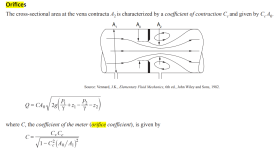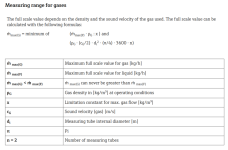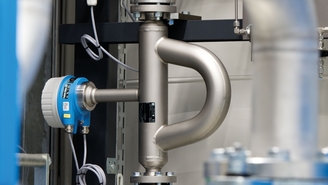I am currently working on a process that uses inert nitrogen (N₂) to purge organics from a tank. The organics are then fed through a process line into an oxidizer. Initially, the process line contains primarily organics, but as the tank empties, the process line becomes more nitrogen-rich. This results in a variation in the bulk density of the process line.
I need a method to measure flow that accounts for this change in density. I initially thought an orifice plate would be ideal since the orifice plate formula includes density. See reference equation below:
However, my supervisor informed me that orifice plates do not account for density variations. As a recent graduate, I am aware that I may lack some industrial common knowledge. Despite my research, I have not found definitive sources confirming or denying that orifice plates account for varying densities.
Could you please advise on this matter?
I need a method to measure flow that accounts for this change in density. I initially thought an orifice plate would be ideal since the orifice plate formula includes density. See reference equation below:
However, my supervisor informed me that orifice plates do not account for density variations. As a recent graduate, I am aware that I may lack some industrial common knowledge. Despite my research, I have not found definitive sources confirming or denying that orifice plates account for varying densities.
Could you please advise on this matter?



